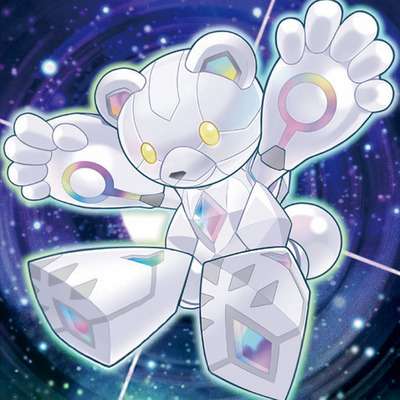In the world of Collectible card games (CCGs) and Trading Card Games (TCGs), both Yu-Gi-Oh! and Magic: The Gathering have captured the hearts and minds of their players through unique mechanics and lore. While each game differs in the ways in which these are imparted on the playerbase and both have their own systems and limitations within which these reside, there are a great many intruiging parallels between the player types as defined by Wizards of the Coast in Magic: The Gathering and how they manifest in the Yu-Gi-Oh! community.
Before we begin, It's worth noting that these player types can manifest in a variety of forms, and you may be part of several of these categories simultaneously.
Let's explore these player profiles, explain what they are, and discover how they shape the way we approach our favourite card games.
What is a Player type?
Player types as defined by Wizards of the coast refers to the player profiles that Wizards of the coast detected. Broadly speaking, these fit into two categories:
- Psychographic profiles - These explore why players enjoy the game.
- Aesthetic profiles - These explore what players enjoy of the game (why they think it's beautiful).
Wizards of the coast design their expansions with cards in mind to appeal to players of every profile, and they categorize their Magic consumers into three profiles: Timmy, Johnny, and Spike.
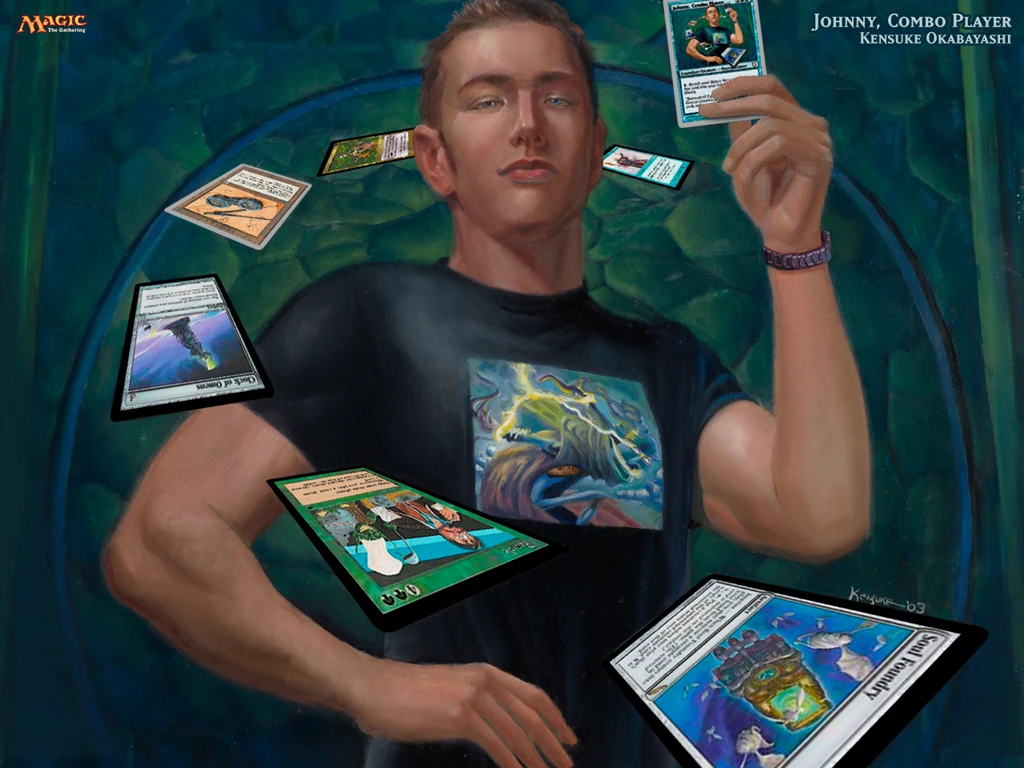
What is a "Timmy"?
A "Timmy" (Or "Tammy", as later coined as a female variation of the term) is a player characterized by their tendencies to want to use big creatures and big spells.
These players are driven by exciting moments, emotions, and generally do not care whether they win or lose, but want to have fun just playing big stuff.
A short quote from Mark Rosewater, lead designer at WotC:
"Timmy wants to experience something. Timmy plays Magic because he enjoys the feeling he gets when he plays. What that feeling is will vary from Timmy to Timmy, but what all Timmies have in common is that they enjoy the visceral experience of playing."
Some subgroups of Timmies/Tammies include:
Power Gamers (Playing big things),
Social Gamers (Those who enjoy the feeling of playing with friends),
Diversity Gamers (Players who enjoy a large variety of decks and formats),
Adrenaline Gamers (Those who enjoy variance and randomness)
and Griefers (Who enjoy making other players not have fun).

In Yu-Gi-Oh! these types of players can manifest in a variety of ways - A Timmy might be that guy at your locals who loves killing people in one turn with Chaos Ancient Gear Giant, but they might equally draw enjoyment out of playing stun cards.
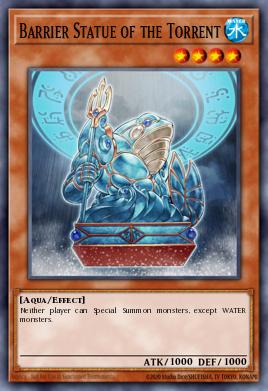
A barrier stun player can also be a Timmy in this scenario, if they're playing the deck because they enjoy the experience - This would fall under the subcategory of "Griefer". Whether you have disdain or not for these types of players or decks, there's almost always someone who gains enjoyment of a certain playstyle or deck.
Social gamers won't specifically be someone who leans into a certain type of deck, but instead just turns up because they enjoy the interactions available with their friends and others, meanwhile a Diversity Gamer Timmy might be someone who turns up to locals every other week with a new deck (I do this from time to time).
Typically Timmies see Johnnnies as too focused on certain combos, and Spikes too focused on winning.
What is a "Johnny"?
A Johnny (or Jenny) is the type of player you would tend to think of who spend a lot of time labbing deck ideas, coming up with wild combinations or concepts, or choosing elaborate and inefficient win conditions. This might be a player who seeks niche cards, or cards reputed as bad, trying to "break" them, exploit them, or otherwise use them in unusual or unexpected ways in order to win the game.
These players are at their happiest when they win their way, on their own terms.
Another short quote by Mark Rosewater of who a Johnny is:
"Johnny is the Creative gamer to whom Magic is a form of self-expression. Johnny likes to win, but he wants to win with style. It's very important to Johnny that he win on his own terms. As such, it's important to Johnny that he's using his own deck. Playing Magic is an opportunity for Johnny to show off his creativity."
Once again, wizards of the coast provides several subgroups of Johnny/Jenny:
Combo Players (Finds fascination in the interactions of the cards),
Offbeat Designers (Driven by ideas and finding answers to challenges),
Deck Artists (Those who build decks as a form of expressive art, surrounding themes),
Uber Johnny (Who thrive on doing the undoable.)
Some of these are much easier to place in the Yu-Gi-Oh! sphere than others. Combo decks in yugioh take many forms, from handloops to first turn kills to six Samurai boards - There's a wide variety of appeal to being a Johnny/Jenny.
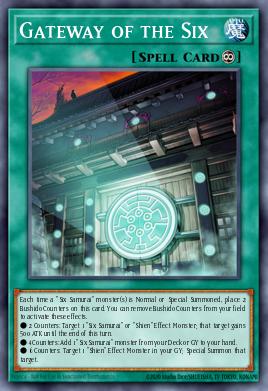
A Johnny might also appear in Yu-Gi-Oh! in the form of nonconventional deckbuilders or those willing to play decks that otherwise have no place within the meta by popular opinion. In Yu-Gi-Oh! this is exemplified by competitive players such as Dinh-Kha Bui, who has seen myriad success over the years with many off-meta decks.
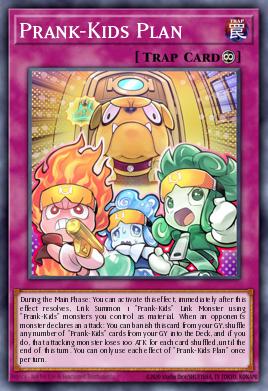
Famously he piloted Prank-kids to a YCS victory prior to the release of Prank-Kids Meow-Meow-Mu, in a period when nobody expected the deck to turn up at all. More recently he has spearheaded innovations such as his recent success piloting Magical Musket Fiendsmith at the recent EUWCQ.
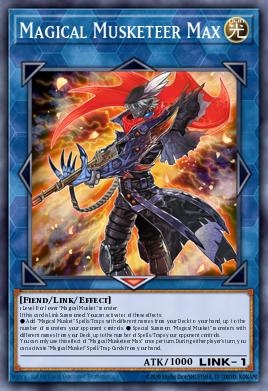
What is a "Spike"?
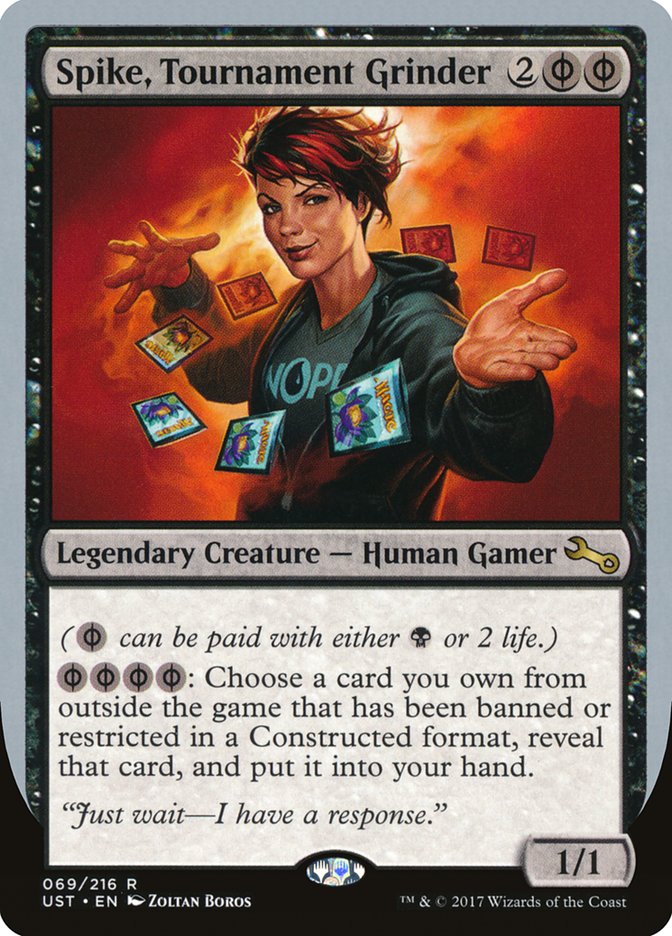
Spikes as a whole are relatively easy to understand, largely being the most focused players on competitive play and tend to have a far more competitive natrure than the other two player profiles mentioned. These are your players who strive to be the best thye can be, and win every event they can with the resources that they have available to them.
From Mark Rosewater:
"Spike is the competitive player. Spike plays to win. Spike enjoys winning. To accomplish this, Spike will play whatever the best deck is. Spike will copy decks off the internet. Spike will borrow other players' decks. To Spike, the thrill of Magic is the adrenaline rush of competition. Spike enjoys the stimulation of outplaying the opponent and the glory of victory."
In many ways, Spike is a character type that can be seen in any event with competition in its nature. Many of those you will see in sporting events will have this kind of mentality, and try to push themselves.
Wizards of the coast named the following subgroups of Spikes:
Innovators (Dreams of spawning the next dominant deck, finding the next broken thing),
Tuners (Thrives off optimisation and fine-tuning - Not to be mistaken with the requirement for synchro summoning),
Analysts (Plan on winning by having the best deck for their environment. Very side deck focused),
Nuts & Bolts (Focuses on self improvement and self reflection.)
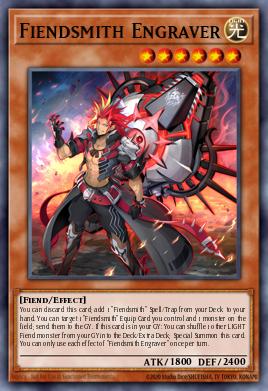
Often you will find that these players are playing the best deck in the room - or a variant of it, or what they believe to be the true best deck. Or perhaps the deck they feel is best set to beat the current metagame. These are all traits of the Spike player type. To some degree these types of players view Timmies as rookies, and conversely timmies can view these types of players as "Tryhards" or similar, and Spikes can often find Johnnies eccentric or annoying to deal with.
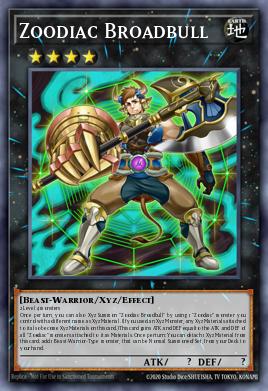
To a certain extent, these players might thrive best in Yu-Gi-Oh!'s more competitive centred formats, such as the infamous tier zero formats. These kinds of formats often force and breed long periods of fine tuning, self reflection, and adjustment to shifting minor changes in the metagame surrounding the top tier decks. Historically formats such as those spawned by the release of the Zoodiac theme of monsters have some extremely creative displays of knowledge of mirror matches, knowledge of card pools and ability to perfect decks, for better or worse.
Conclusion
Thank you for joining me into this short exploration of Etymology and game design player theory - If you were unfamiliar with any of this terminology, I hope you gleamed something new from this article, and if you'd like to learn more about these concepts, there's a great deal of resources online surrounding Magic: The gathering's history of game design exploration - Many of these concepts can be applied to any card game, and often other games as well.
Do you feel you fit into any of these categories? If so, discuss in the comments of this article, and let us know your thoughts and feelings on where you feel you fit on this spectrum!
